It’s no secret that a lot of watch collectors love to hate on Hublot. Just jump on social media or the watch forums and you will find Hublot as the butt of many a joke. But why is that? Many of the things Hublot is slated for are not unique to the brand, yet it takes more than its fair share of the criticism. Not that this seems to be having any impact on the brand’s sales. So, what is it about Hublot watches that makes watch collectors love to hate them?
The Hublot Story
- Carlo Crocco.
Trawling through the annals of the internet, our search takes us back to the late 1970’s. A brash Italian by the name of Carlo Crocco has just left the family business – Binda Group, best known for making Breil Watches and Wyler Geneva – to launch a new luxury watch brand. One unlike the world has ever seen before (well, sort of). After relocating to Switzerland, he set up MDM Geneve and got to work designing a watch that would be known as the Hublot. The name came from the French word for “porthole”, from which the case shape took its inspiration.
You might recall that there was already another luxury sports watch at that time with a case inspired by a ship’s porthole. A certain Patek Philippe Nautilus Ref 3700. And of course, let’s not forget about Audemar Piguet’s genre-defining Royal Oak Jumbo Ref 5042ST. Perhaps this offers our first clue as to why watch collectors love to hate Hublot?
It wasn’t the design of the watch’s case that would put the Hublot watch on the map. Although it has certainly caused its share of controversies over the years. Instead, it was the strap. Crocco was a keen sailor and wanted his new luxury watch brand to be built around water. His goal was to create a watch that would wear just as well with a suit as it did with shorts and a polo on the deck of a sailboat. Metal bracelets didn’t agree with his wrists however, and leather straps didn’t agree with water. His solution? Rubber.
- The first MDM Geneve Hublot watch launched in 1980.
By today’s standards, this doesn’t seem particularly revolutionary. The use of rubber in straps and cases in watch manufacturing is widespread now. What you may not know however is that it’s all thanks to Mr. Crocco. It was his idea to combine a precious metal like gold (for the case) with an industrial material like rubber. Until that point rubber straps were reserved exclusively for cheap quartz sports watches.
Crocco knew he had something special, however. Three years of research and development had gone into creating the luxury watch industry’s first natural rubber strap. In 1980, he presented the first Hublot timepiece at the Basel Fair. The response was initially underwhelming. The growing popularity of the relatively new luxury sports watch category meant he soon found favour with retailers and clients alike. At the same time, he had established Hublot’s reputation for being a rebel. His was a brand that marched to the beat of its own drum.
- A Hublot advertisement from 1980.
Over the next two decades MDM Geneve Hublot would continue to tick along with moderate sales. At some point though, Crocco got too busy to focus on his watchmaking business. He needed someone who could take over and run the brand for him. That man was Jean-Claude Biver.
The Jean-Claude Biver Effect
Anyone even remotely familiar with the Swiss watch industry will instantly recognise the name Jean-Claude Biver. A larger than life figure, the man is a certified marketing genius. In the early 1980’s he played a pivotal role in the revival of Blancpain (and the industry as a whole) following the devastating impact of the quartz crisis. The storied watch manufacturer was eventually sold to what is now the Swatch Group in 1992 for CHF 60m, following which Biver set his sights on reviving the fortunes of another once great brand: Omega. Ten years later Biver would leave the Swatch Group, having tripled sales at Omega.
In 2004, he became a minority shareholder in Hublot, taking on the role of CEO. His first major step was to introduce a new flagship model: the Hublot Big Bang Chronograph. The design borrowed heavily from the already red-hot Audermars Piguet Royal Oak Offshore Chronograph launched a decade earlier. Many watch collectors decried this lack of originality. The wider market however was seduced by the use of exotic materials and bold colours. The ‘Art of Fusion’ as Biver called it. The Big Bang Chronograph quickly found quick success, with orders pouring in from around the world.
The popular opinion was (and largely still is) that these were watches for the nouveau riche. People who had just come into money and were desperate to let everyone know about it. Understated elegance was not the order of the day here. Hublot was all about making a bold, if at times crass, statement. This was further emphasised by the fact that every model was available as a limited edition.
Biver understood all too well the power of exclusivity. In a 2009 interview with the Economist, he’s quoted as saying:
…people want exclusivity, so you must always keep the customer hungry and frustrated.
Translation: if my product appears accessible and easy to find, then no one will want it and I can’t charge a premium.
How Many Limited Editions Are Too Many?
IN THE SHOP: check out this unworn Hublot Big Bang UNICO Italia Independent Blue Camo Limited Edition available now.
Few brands, either within or outside of the watchmaking industry have taken this idea of exclusivity to the extremes that Hublot has. The brand has created a limited edition watch for just about every event, team or famous individual you can think of. In an interview we did with Mr. Biver several years ago he explained the logic behind this:
Wherever our customer goes, he must meet Hublot. It is our goal to make the customer feel that we belong to his world, to his life style, to his emotions and to his dreams.
There’s no denying this model has proven very successful for Hublot. The brand has shown itself to be resilient even in the face of trying times for the industry as a whole. For many watch collectors, however, it has become a major turn-off. The market has become saturated with so called ‘limited edition’ models, to the extent that they have diluted the meaning of the phrase. Hublot is certainly not the only culprit but is often singled out as the original architect. Not that it seems to mind.
IN THE SHOP: check out this unworn Hublot Classic Fusion Chronograph available now.
It’s for this reason that most watch collectors love to hate Hublot. It’s not so much a question of quality or expertise – Hublot is a fully integrated watch manufacturer after all and has created a number of movements in-house. Likewise, its boundary-pushing work with exotic materials such as ceramic and carbon fibre is highly regarded. No, the issue seems to stem from the fact that in the brand’s quest to be ‘everywhere’ its customer is, it has become too ubiquitous.
Ironic really, given that the underlying premise was to be hard to find.
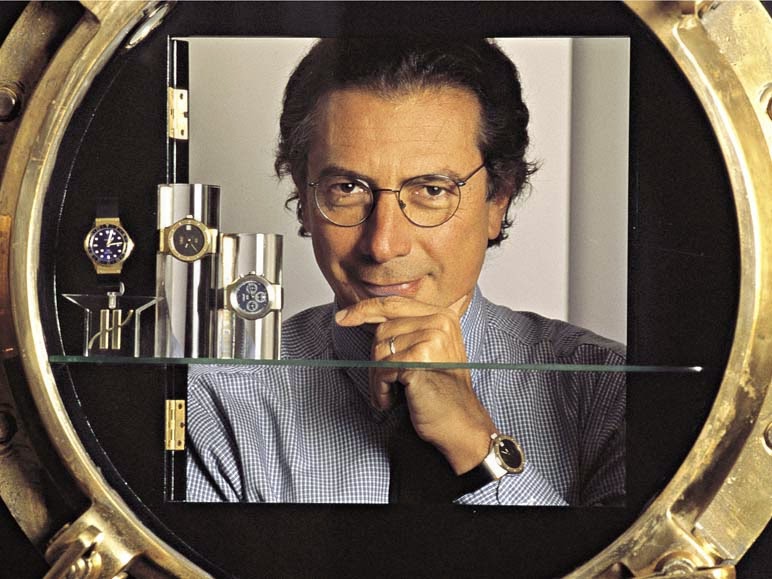
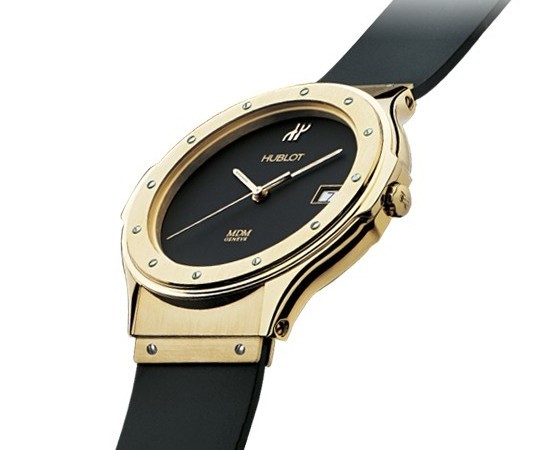
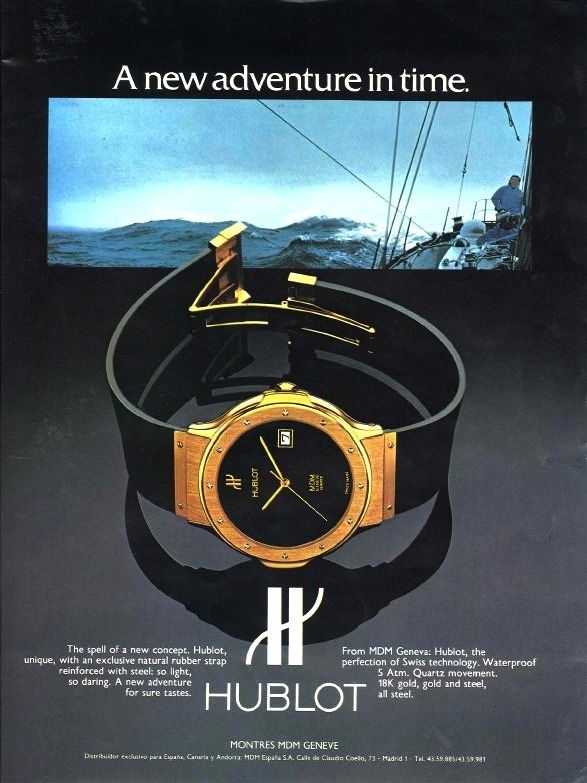
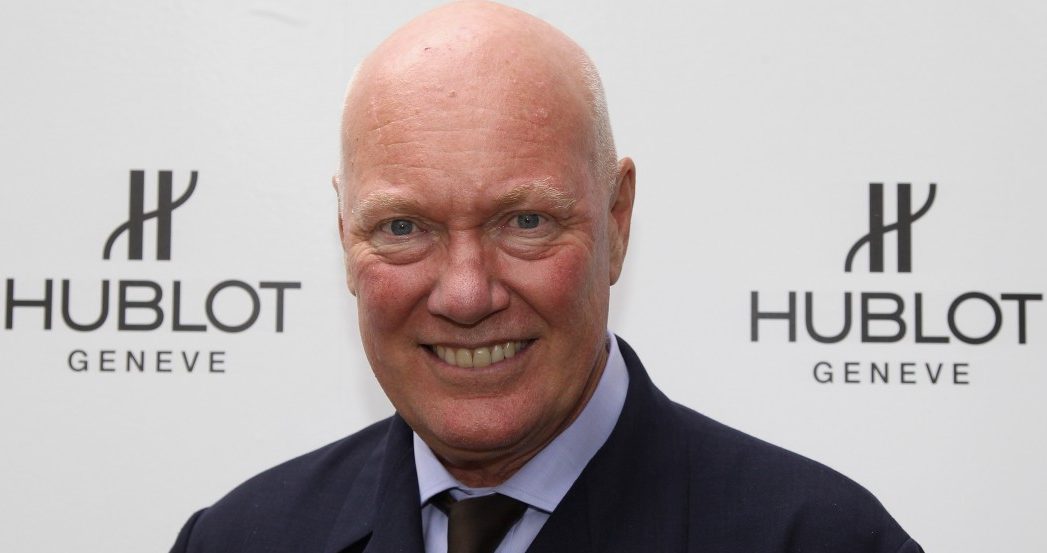
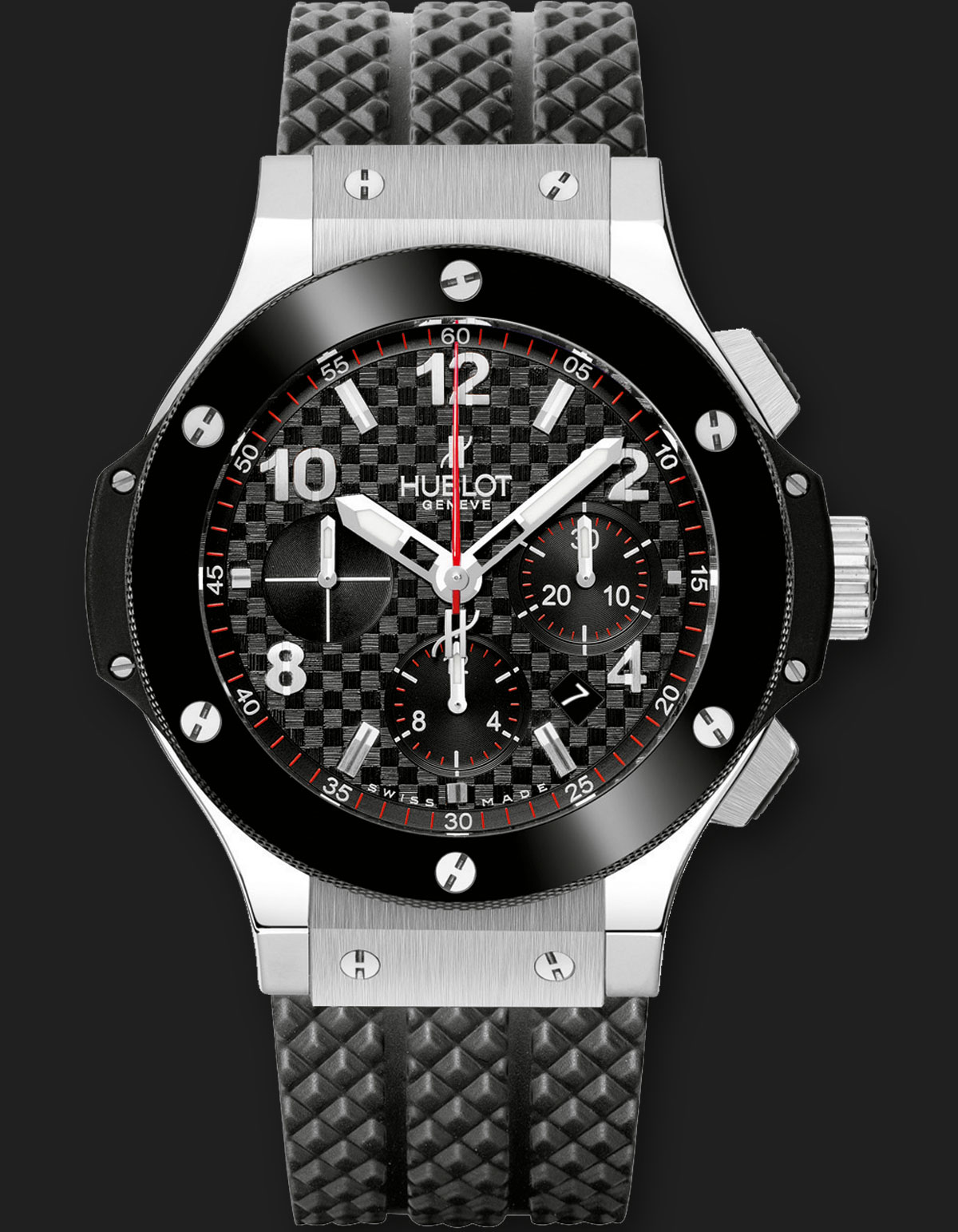
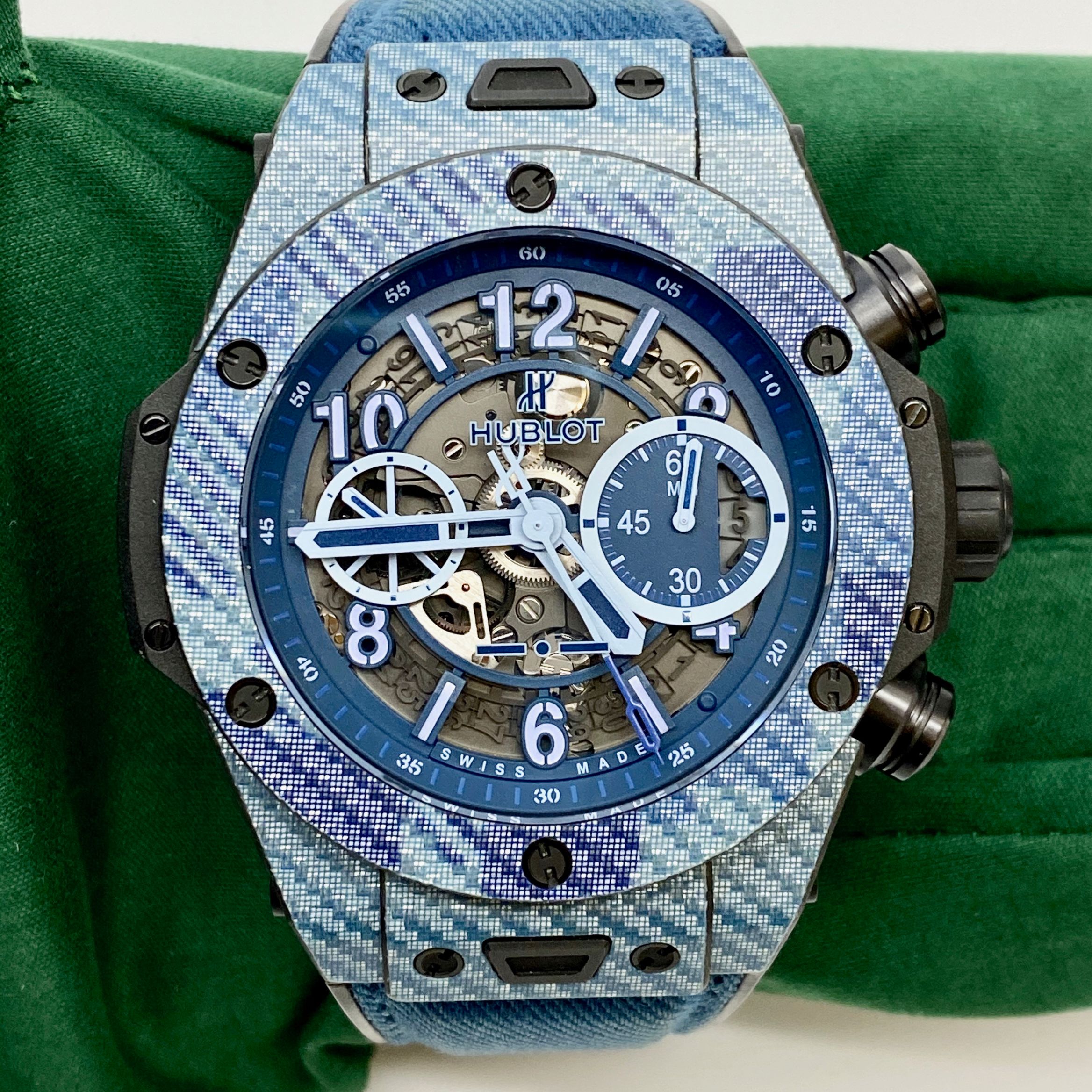
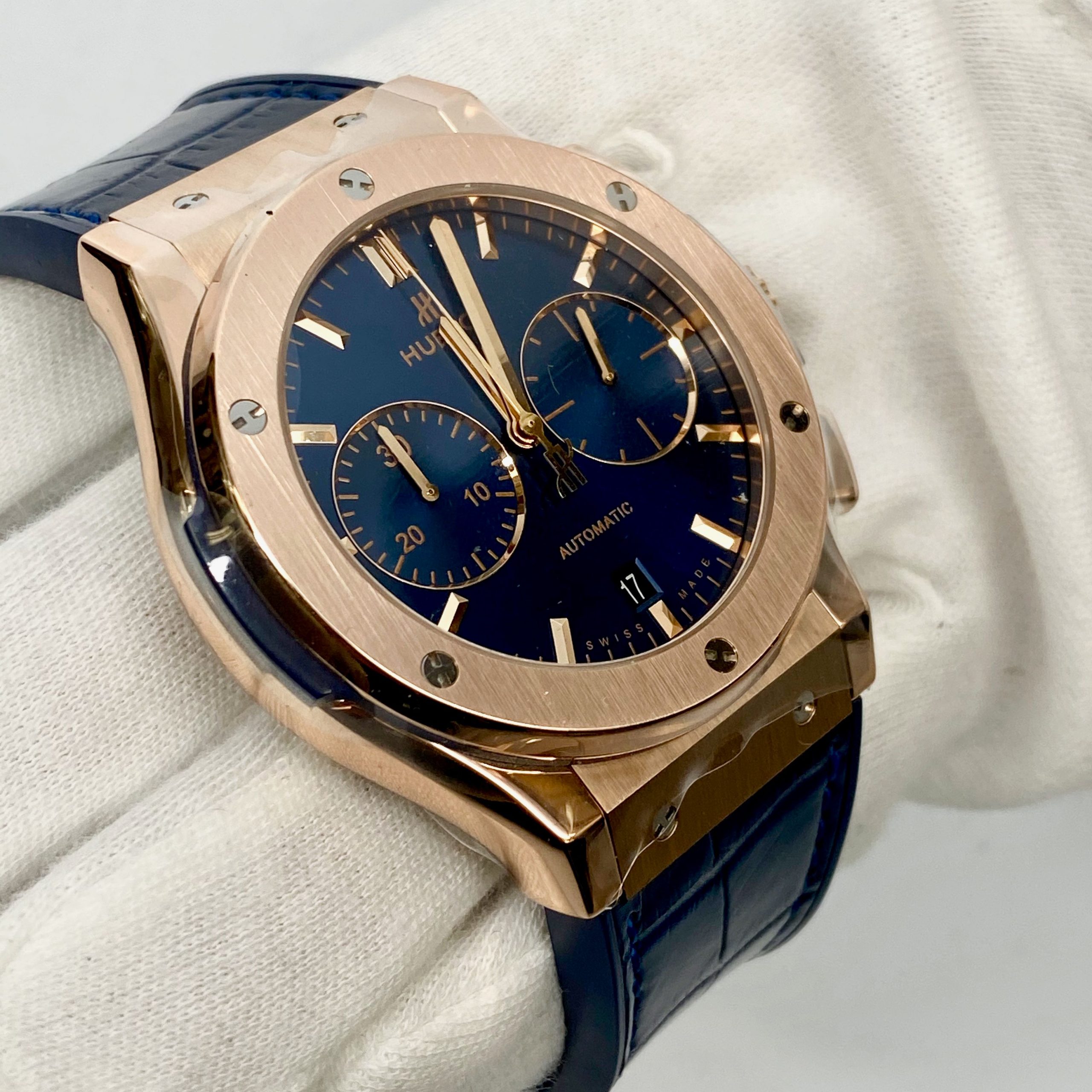
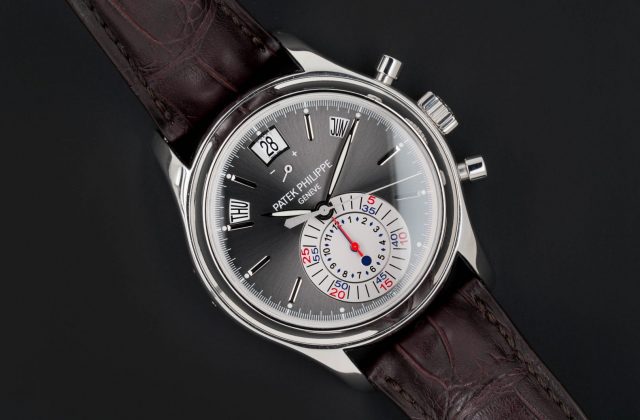
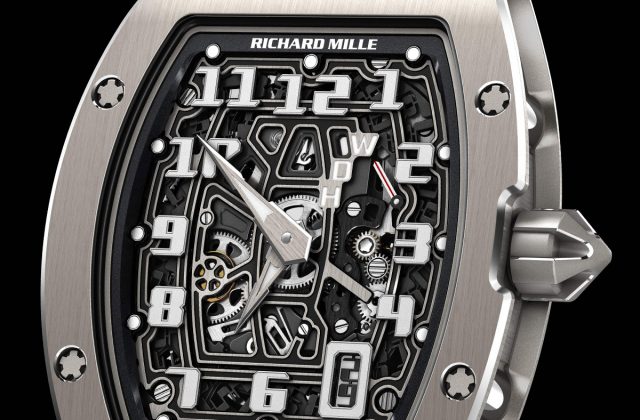
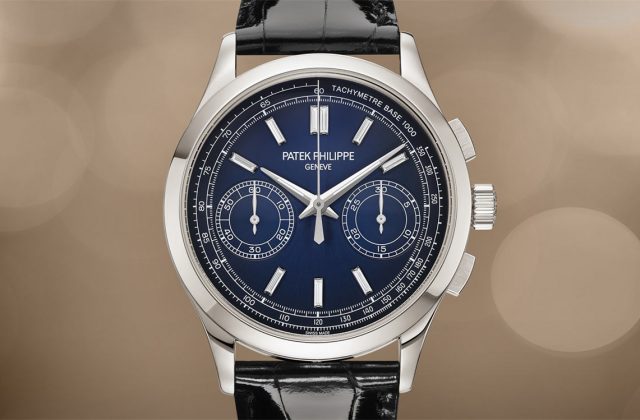
I just need to clarify that the throne of the nouveau riche watch has been firmly occupied by Rolex regardless of whatever quality or horological attributes they might have.
Thanks for the explanation. I couldn’t realize where this grudge came from, but nowadays almost every luxury brand does it.